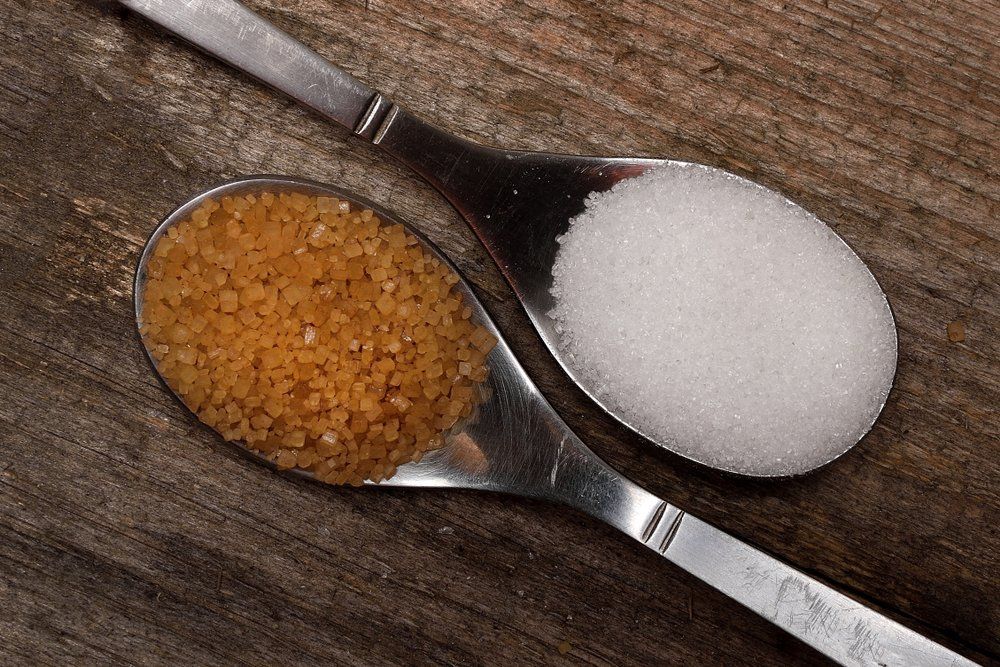The growing techniques for beet sugar vs cane sugar contribute to differences in production scale.
The growing techniques for beet sugar vs cane sugar contribute to differences in production scale.
Blog Article
Discover the Uses and Advantages of Beet Sugar Vs Cane Sugar in Your Daily Diet Regimen
Exploring the unique top qualities of beet and cane sugar exposes more than just their sweetening abilities; it highlights their unique effect on health and wellness and cookeries. Beet sugar, recognized for its refined flavor, is often preferred in delicate desserts, whereas cane sugar, with its tip of molasses, includes splendor to durable meals. Each kind holds its very own nutritional account and glycemic implications, inviting a much deeper understanding of their duties in a balanced diet regimen and sustainable intake methods.
Beginning and Production Processes of Beet and Cane Sugar

The distinctive climates and soil kinds needed for growing sugar beets and sugarcane contribute to differences in their farming methods and geographical distribution, influencing the economics and sustainability of their manufacturing. beet sugar vs cane sugar.
Nutritional Comparison Between Beet Sugar and Cane Sugar
Regardless of originating from different plants, beet sugar and cane sugar are nutritionally extremely similar, both mostly being composed of sucrose. Each supplies regarding 4 calories per gram, translating to roughly 16 calories per tsp. Structurally, both sugars are made up of about 99.95% sucrose, with minimal amounts of various other materials like moisture and trace minerals, which do not considerably modify their nutritional accounts.

Eventually, when choosing in between beet sugar and cane sugar based on nutritional material alone, both offer the same advantages and disadvantages as they are essentially kinds of the exact same molecule-- sucrose, supplying fast energy without various other nutrients.
Influence On Wellness: Glycemic Index and Caloric Content
Exploring better into the impacts of beet sugar and cane sugar on wellness, it is important to consider their glycemic index and caloric web content. The glycemic index (GI) of both beet and cane sugar is around 65, categorizing them as high-GI foods, which can cause quick spikes in blood glucose levels.
Each kind of sugar consists of around 4 calories per gram, making their calorie material equivalent. For those checking calorie consumption, especially when taking care of weight or metabolic wellness problems, Recommended Site recognizing this equivalence is essential (beet sugar vs cane sugar). Nonetheless, too much intake of any kind of high-calorie, high-GI food can add to wellness problems such as excessive weight, heart condition, and insulin resistance.
Environmental and Economic Factors To Consider of Sugar Production
Beyond health and wellness influences, the production of beet and cane sugar additionally increases significant ecological and financial issues. Sugar beet growing tends to need cooler environments and has a reduced geographical footprint contrasted to sugar cane, which grows in exotic areas.
In addition, using pesticides and fertilizers in both beet and cane sugar cultivation can cause dirt destruction and air pollution, further impacting biodiversity and local water bodies (beet sugar vs cane sugar). The choice between cultivating sugar beet or cane commonly pivots on neighborhood ecological conditions and economic aspects, making the sustainability of sugar manufacturing a complex problem
Culinary Applications and Taste Distinctions
While the environmental and economic aspects of sugar production are certainly significant, the choice between beet and cane sugar also influences cooking applications and taste profiles. Beet sugar, derived from the sugar beet plant, is known for its incredibly neutral taste.
Walking stick sugar, drawn out from sugarcane, often retains molasses traces, which impart a distinctive splendor and depth. This slight molasses taste improves the complexity of baked items, sauces, and sauces. It is especially preferred in products where a caramel touch is wanted, such as in brownies or gingerbread. The minor variant in moisture material in between beet and cane sugar can affect the structure and uniformity of dishes, making cane sugar a favored selection for certain dishes that profit from its distinct properties.

Conclusion
To conclude, both beet and cane sugar have distinct beginnings and production procedures, using similar nutritional profiles with slight distinctions in salt web content and taste. While their influence on health and wellness, especially pertaining to glycemic index and calories, is comparable, the selection in between them look at here usually steams down to ecological, financial aspects, and certain culinary needs. Comprehending these elements can assist customers in making discover here educated choices that straighten with their wellness goals and flavor preferences.
Report this page